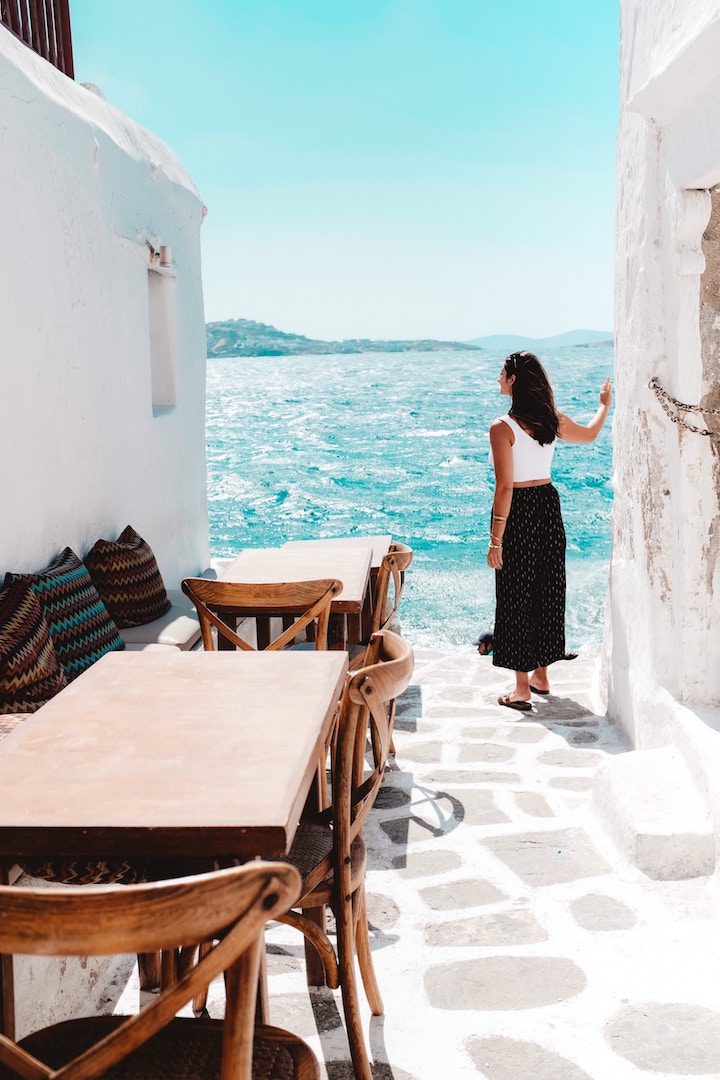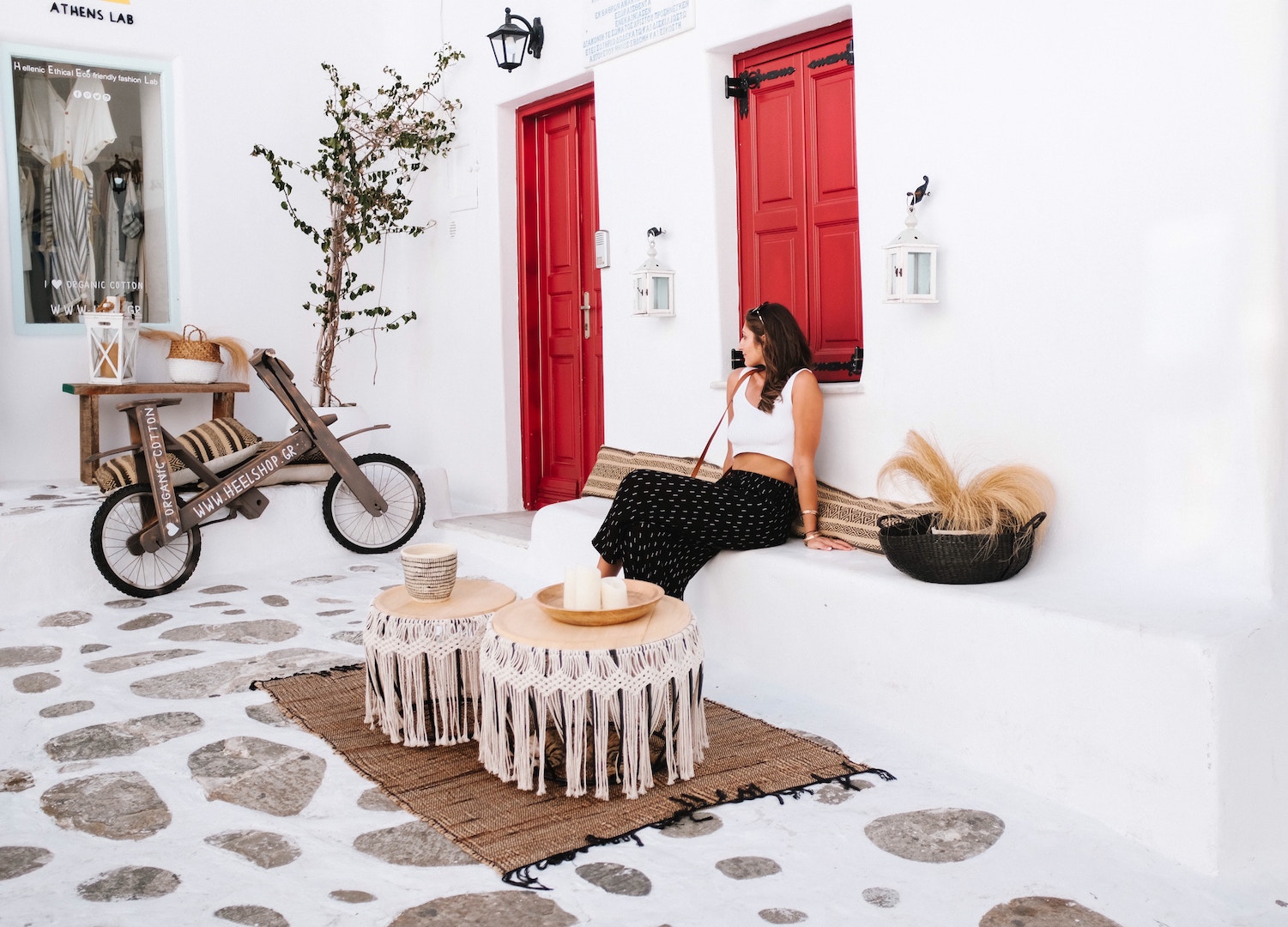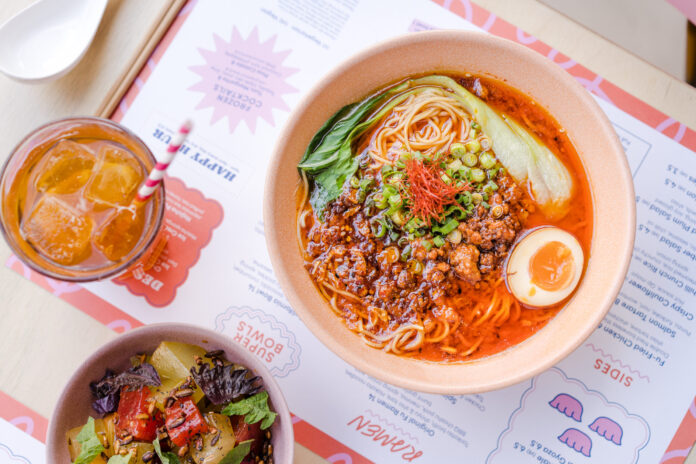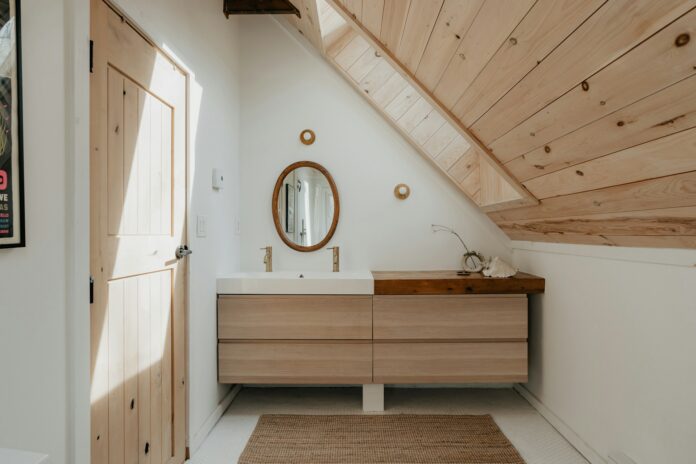‘And you will go to Mykonos’…whatever happened to that band? Anyway, if you are going there, then lucky you. Indeed, this island needs little in the way of proper introduction; it has a world renowned nightlife and historic beauty (and beautiful history) all of its own.
Even if you’re travelling to Mykonos just to enjoy the famed parties, you’d be foolish to miss out on some of the attractions that this charming island boasts. Despite its reputation, Mykonos has so much to offer in terms of culture and sightseeing beyond the ouzo. With that in mind, here are 5 IDEAL attractions in Mykonos well worth seeing.
SUNSET AT LITTLE VENICE
If you’ve partied too much, you don’t even need to get out of bed until the afternoon for this one. Perhaps the most photographed and charming area of Mykonos, ‘Little Venice’ is a picturesque neighborhood built on the sea during the 18th century. With it’s arcaded, balconied 18th century fishing houses sitting right at the Aegeans sea’s edge, if you think you’ve suddenly been transported to Italy’s famous city built on water, then you’re not alone – hence the name.
The old fishing homes now house cafes, restaurants, bars and shops. Come dusk, hundreds of visitors gather here to admire one of the most beautiful sunsets in the Aegean. If you plan on dining in Little Venice, arrive early or try to reserve a table; the crowds start building in the late afternoon and stay thronged until the early hours. Little Venice is also one of the main nightlife areas, so after you watch the sunset you’ll be perfectly placed to enjoy a few libations and perhaps a dance.
If you’re an early riser, equally magical is a trip here in the morning for a cup of coffee. Watching the waves lap against the rocks and houses, cast in the morning light, is just mesmerising.

WINDMILLS IN MYKONOS TOWN
The famous Windmills of Mykonos (or Kato Mili) are above Alefkandra, on the western side of the city of Mykonos. Along with the church of Paraportiani, they’re the most famous landmark of the island. Built from 16th to 18th century, they contributed hugely Mykonos’ economy in this era. The island during the old days was a major port for merchants’ ships that needed to replenish their food supplies, and boats loaded with wheat and barley used to arrive in Mykonos from all the surrounding islands. The strong northern winds made Mykonos the perfect location to set up the windmills, to grind the grain. Though not in use anymore, they remain a major attraction.
The only windmill open for the public is Mylos tou Bonni, a part of the Agricultural Museum of Mykonos where visitors can see all the machinery and tools that were used in milling in days of old. It was probably built in the 16th century and once belonged to the Bonni family, a family with Cretan and Italian roots. The stone-built three-storey and cylindrical structure has an elevated ground floor used to gather and weigh the wheatgrass. On the middle floor, flour was concentrated, while on the second floor there’s the ancient grinding machine. Fascinating.
They’re also, aesthetically, hugely appealing. If you can, book a Mykonos villa around the Windmills, enabling you to catch the view of them at sunset; one of the world’s must sees, we think.

ANCIENT DELOS & RHENIA
You’ll need water, sunscreen, sunglasses and a sunhat to visit these attractions. But hey, if you’re holidaying in Greece, you’d have known to pack these anyway, right?
Delos and Rhenia are two islets very close to the south western coastline of Mykonos and according to Greek mythology, Delos was the birth place of God Apollo and Goddess Artemis. During the ancient times, Delos was a sacred area. The excavations revealed several of temples and sculptures dedicated to numerous gods. The archeological site is one of the most important ones in the Aegean and a lot of the findings are kept at Delos’ Museum; make sure to visit while you’re here.
Apart from the historical interest of the two islets, they both have many quiet, virgin beaches where visitors can swim or sunbathe during the day. Just be warned; Delos and Rhenia are inhabited and staying overnight is forbidden.

MYKONOS TOWN
Known as Hóra, meaning ‘main town’, the maze of narrow, winding streets that make up Mykonos Old Town are utterly charming. Lose yourself in its labyrinth of white-washed lanes, where every turn is a picture perfect Instagram shot, and discover boutiques, cafes, taverns and bars ripe for spending the afternoon in.
For a spot of culture, stop at the Archaeological Museum, home to a collection of ancient Greek artefacts. The Church of Paraportiani is another place as picturesque as it comes in Mykonos Old Town; no wonder, then, that it’s one of the most photographed churches in the world. Be aware that in the high season (late May to early September), particularly between 10am and 5pm when the cruise boats pull in, the narrow streets of the Hóra become congested and nearly impassable.
ALL THE MUSEUMS & GALLERIES
In Mykonos Town you’ll find a superb selection of museums and galleries. The Aegean Maritime Museum, the Archaeological Museum of Mykonos and the Folklore Museum will all give you an idea of how life was on the island in the past. An interesting part of the Folklore Museum is Lena’s House in Tria Pigadia; a one-storey 19th-century building complete with its old furnishings and equipment. It’s open to the public and visitors can taste a typical 19th-century Mykonian medieval house.
The centre of the city is also full of art galleries. As Mykonos draws in crowds of distinguished, discerning visitors, its galleries house art pieces from all over the world that are both valuable and rare. For many travellers, the galleries are also a great market to find some really good decorative or collector’s items. That’s if your pockets are particularly deep, that is.
If you’re looking for some awesome advice on the country’s food, then look no further than our 6 IDEAL foodie tips for your next trip to Greece.





